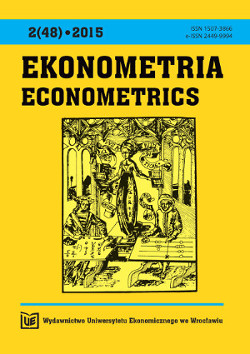Wpływ układu czynnikowego na pomiar preferencji konsumentów metodą Maximum Difference Scaling
Impact of factorial design on the measurement of consumers’ preferences using Maximum Difference Scaling
Author(s): Tomasz BartłomowiczSubject(s): Economy
Published by: Wydawnictwo Uniwersytetu Ekonomicznego we Wrocławiu
Keywords: measurement of consumers’ preferences; asymmetric; symmetric and balanced factorial designs; Maximum Difference Scaling (MaxDiff); R program
Summary/Abstract: Measurement of consumer preferences is one of the most important elements of marketing research. In the measurement of consumers’ preferences Maximum Difference Scaling can be used. In this method, a fractional factorial design is used as the experiment, where a limited set of profiles (product or service) is taken into account. The resignation of full factorial design, in which the number of profiles exceeds the ability of respondents to assess, means choosing one of many possible factorial designs. The aim of this article is to present the results of the measurement of consumers’ preferences based on different fractional factorial designs using Maximum Difference Scaling. The article presents the results of measurement of consumers’ preferences using asymmetric, symmetric and balanced factorial designs and the MaxDiff R package.
Journal: Ekonometria
- Issue Year: 2015
- Issue No: 48
- Page Range: 33-43
- Page Count: 11
- Language: Polish

